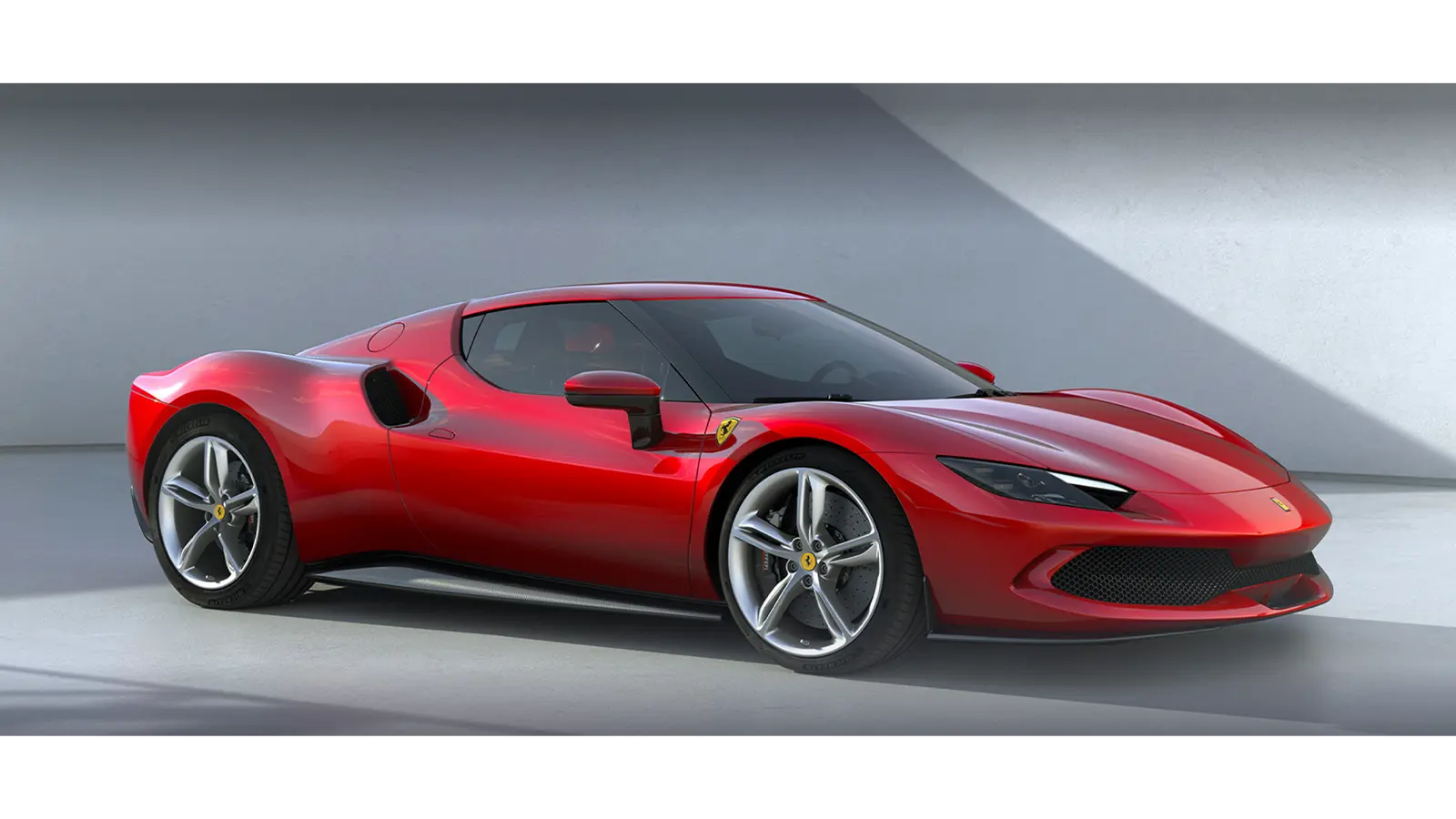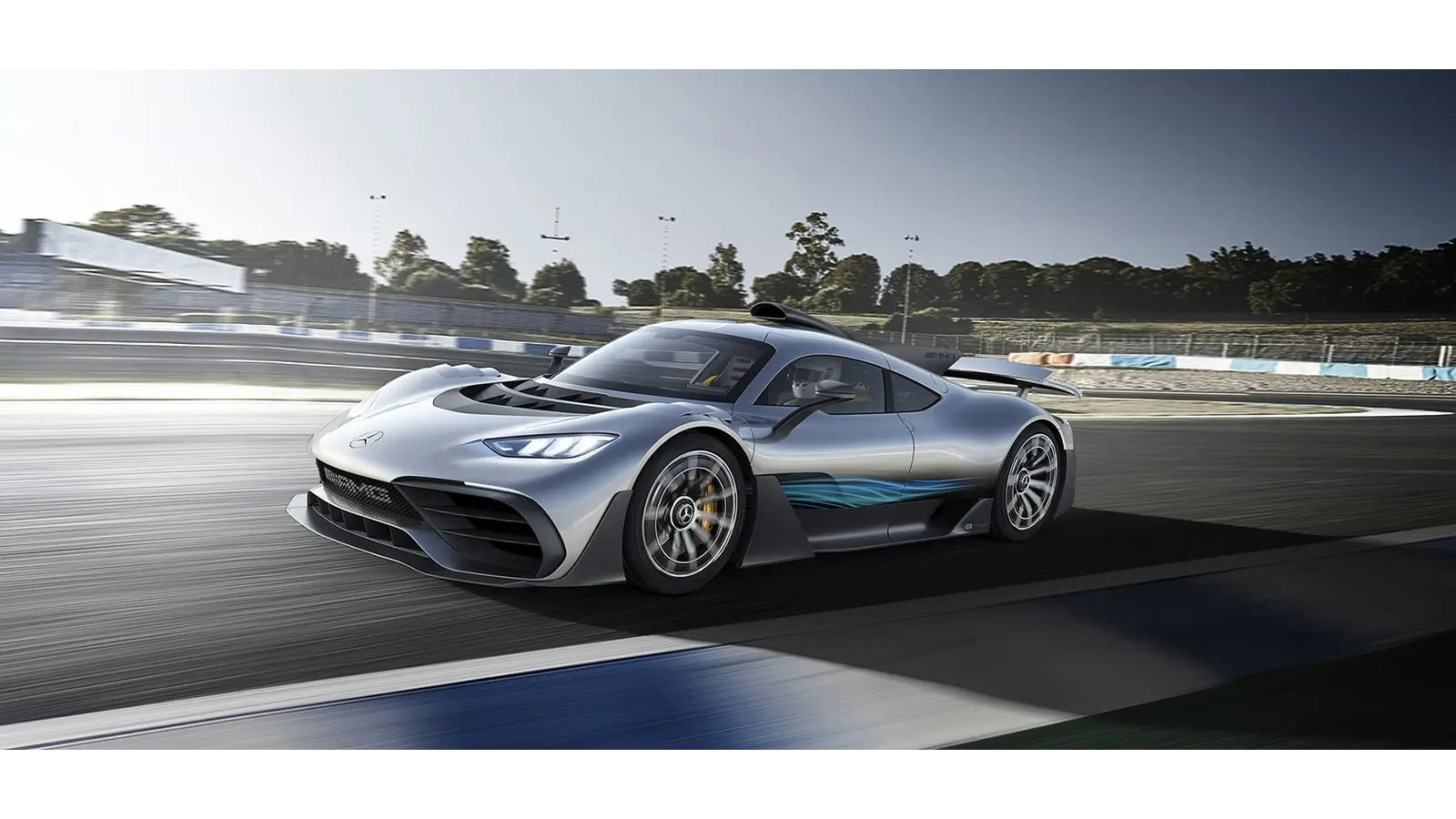Speed, Power, and Efficiency
One of the best things about buying a green car is that it doesn’t mean giving up performance and excitement – quite the opposite. Ask anyone who has driven a hybrid, plug-in hybrid or all-electric vehicle and they’re always surprised at the speed and power that comes along with lower tailpipe emissions and reduced fuel consumption.
It’s all because of the inherent efficiency of electric motors, which convert much more of their output into forward motion. On average, at 80-plus percent mechanical efficiency, they are all more than twice as efficient as even the best gasoline-only powered car. Electrification enhances performance and contributes to substantially improved acceleration and responsiveness.
For everyday vehicles that are used for commuting, running to the mall, or ferrying the kids around, pure electric drivetrains are the most efficient and planet-friendly option, provided you have regular access to charging at home or at work. For high-performance sports cars, whose key characteristics are not just speed but also handling (the ability to change direction quickly), the massive additional weight of the large battery packs needed to provide sufficient range is still a hurdle. Plus, electric motors with single-speed transmissions are not yet able to deliver the high end speeds that sports car and supercar buyers want for racetrack use.
Three Best High Performance Plug-In Hybrids
Plug-in hybrid power is the way to go if you’re looking for a high-performance car: electric power lets you do your commuting and low-speed driving in complete silence and emissions-free, while that same electric power enhances the efficiency as well as the performance of a gasoline engine at higher speeds and in more extreme circumstances.
Here is our GreenCars list of the top three high-performance plug-in hybrid supercars. They provide a glimpse at the exciting side of green driving and a preview of technology to come.

McLaren Artura
McLaren made its early reputation through winning Formula 1 world championships in the eighties and nineties, and applying much of that technology, including carbon-fiber construction, to its legendary F1 road car. Carbon-fiber is insanely light and strong, and using it for car structures reduces weight, improves performance, benefits efficiency, and only McLaren uses it for every one of its vehicles.
Modern Formula 1 race cars use turbocharged hybrid V6 engines, and we are now getting to see this technology in the $225,000 MSRP McLaren Artura, which will start reaching customers in late 2022. A 3.0-liter V6 is paired with an electric motor and a 7-speed dual-clutch transmission to produce 671 horsepower, 531 lb-ft of torque, a 0-60 time of less than 3 seconds, and a top speed of 205 mph. All this and it’s a plug-in hybrid. With its 7.4-kWh battery pack, it has an electric range of 18.6 miles, letting you do your commute in relative silence should you wish.
The all-electric function is required by legislation in many European cities that requires vehicles in inner cities to be zero-emissions to avoid paying significant taxes or daily fees. These restrictions have delivered us a McLaren supercar that can drive emissions-free in town, while delivering all the performance and excitement of a race car. It’s a win-win.

Ferrari 296 GTB
Ferrari’s latest “entry level” model, if you can call a 819-horsepower, $320,000 MSRP two-seater entry-level, is not the first hybrid it has ever built. In fact, the Italian company created one of the hybrid hypercar legends, the LaFerrari, back in 2013, using electricity to boost the performance of a powerful V12 engine. The 296 GTB has half the number of cylinders and is a much more mainstream car. It is also much more highly electrified than the LaFerrari and is almost as quick in a straight line while being much more efficient.
Thanks to the combination of a turbocharged V6 engine that produces 654 horsepower and a 164-horsepower electric motor, the 296 GTB will flash to 60 mph in less than 3 seconds, and has a top speed of 205 mph. More impressively, an all-electric mode lets you use the 7.45-kWh battery to drive up to 16 miles emissions-free at speeds of up to 84 mph. Need to go faster? An “Assetto Fiorano” pack loses some weight to gain you even more performance.
Instead of looking like a science experiment, the 296 GTB is a beautiful mélange of the greatest hits of Ferrari curves from the past 70 years: a shark-nosed front flows into curvaceous fenders, a sleek greenhouse, and a pert rear end whose shoulders mimic those of the 1965 Le Mans-winning 250 LM. It’s a winning combination of classic and high-tech, and sure to delight Ferrari fans across America.

Mercedes-AMG One
If the McLaren Artura gives us an appetizer of Formula 1 technology on the street, the extreme (in price as well as tech) $3 million MSRP Mercedes-AMG gives us the main course. Its drivetrain, with a tiny 1.6-liter turbocharged V6 with electric power, is based on the exact engine used in the company’s championship-winning F1 cars. Thanks to a total power output of over 1,000 horsepower, performance is on par with a modern racecar as well, with the ability to reach 60 mph in less than 2.5 seconds, hit 124 mph in less than 6 seconds, and it has a top speed in excess of 217mph.
Mercedes describes the One as the most difficult project the company has ever worked on. It was announced in 2017, and it has taken five years to tame the crazy race engine and electric motors for reliable on-road use, where they need to work while driving slowly to the shops or to work as well as flat-out on a winding road. In those five years, the number of electric motors went from one to four, giving the One all-wheel drive capability.
Like a Formula 1 car, the One is built around a carbon-fiber structure, making it incredibly light as well as incredibly powerful. Its low, sleek body has been sculpted in the wind tunnel to scythe through the air efficiently while keeping the car firmly pressed to the ground. So, while it certainly isn’t a conventional “green” car, the One’s tiny engine and high-end electrics make it one of the most efficient hybrids in terms of converting energy into forward motion.
The first very lucky Mercedes-AMG One customers will take delivery in late 2022.

















